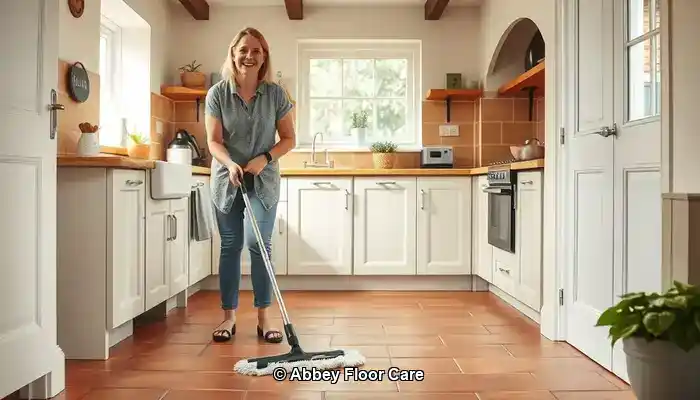
Last Updated on September 29, 2025 by David
Effective Techniques to Ensure Your Terracotta Tiles Stay Clean for Longer
-
- <b>Terracotta</b> tiles possess a porous nature, which leads to quick absorption of dirt, especially in the humid conditions typical of Surrey.
- Proper sealing is crucial to safeguard the tile surface against moisture and dirt infiltration.
- <b>Regular maintenance is vital</b>—daily sweeping paired with weekly mopping using pH-neutral cleaners is necessary to uphold the tile’s aesthetic charm.
- Avoid harsh chemicals and steam cleaning devices, as they can damage the sealant and compromise the surface of the tiles.
- Utilize eco-friendly cleaning solutions, especially in households with pets or young children for enhanced safety.
- <b>Professional restoration services</b> are invaluable for achieving deep cleaning and resealing, which guarantees lasting protection for your terracotta tiles.
- Strategic placement of rugs and mats in areas with heavy foot traffic can significantly reduce the transfer of dirt onto the tiles.
- Effective moisture control is essential—maintaining good air circulation and promptly cleaning up spills will help prevent stains and mould development.
Understanding the Rapid Dirt Accumulation on Terracotta Tiles
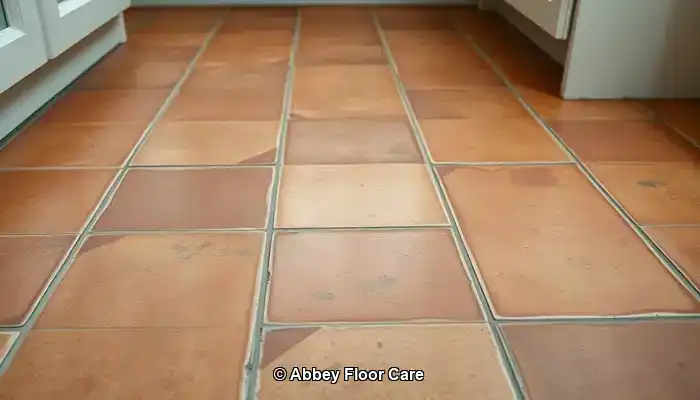
Terracotta tiles are widely appreciated for their stunning appearance, particularly in rustic or traditional homes across Surrey. Their warm hues and natural textures contribute a unique appeal to any environment. However, despite their visual allure, terracotta is infamous for its tendency to accumulate dirt rapidly. Understanding the underlying causes of this phenomenon is critical for implementing effective cleaning and maintenance strategies that can extend the life of your flooring.
Pro Tip: Top Cleaning Products for Daily Terracotta Tile Care
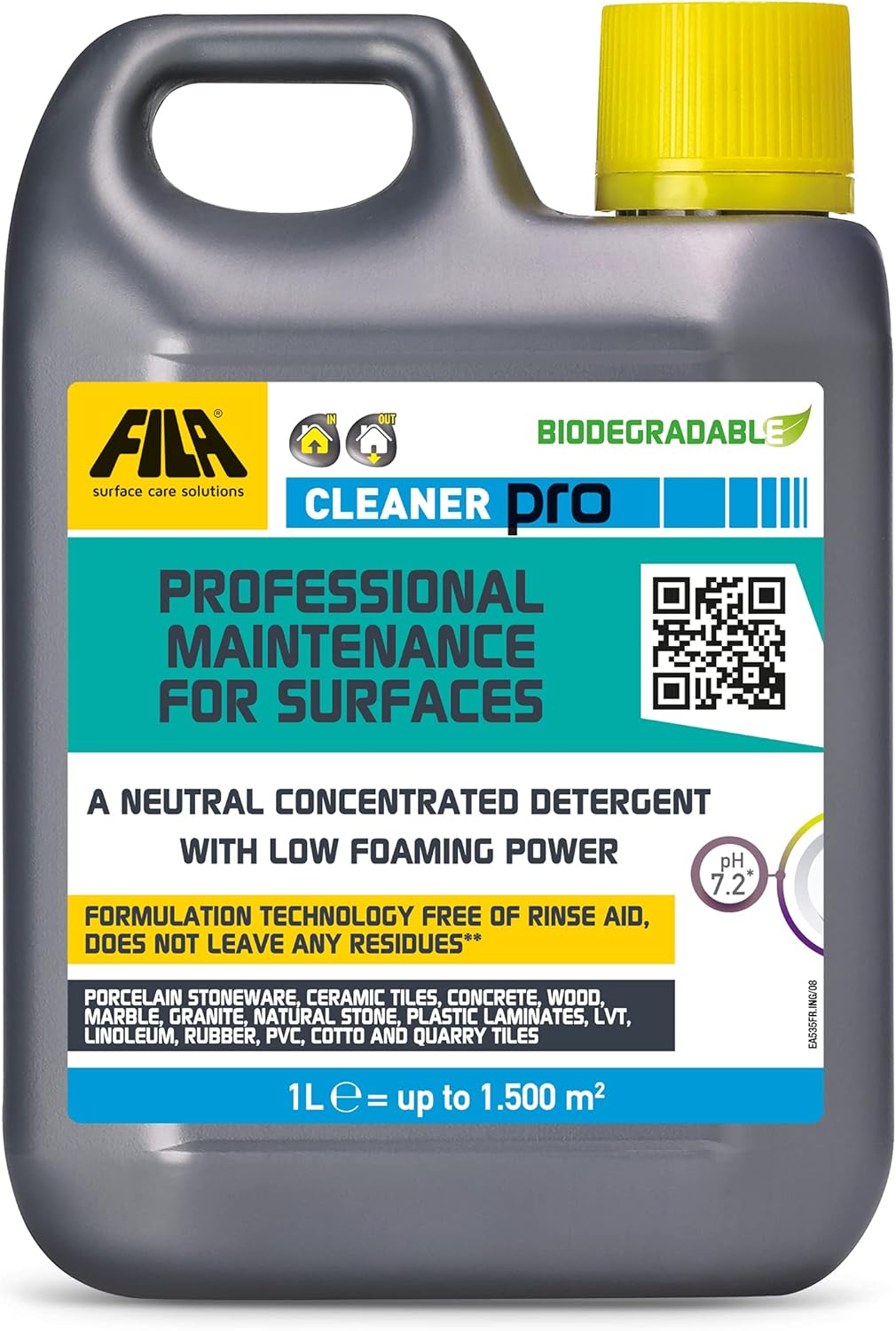
Fila Pro Floor Cleaner
|
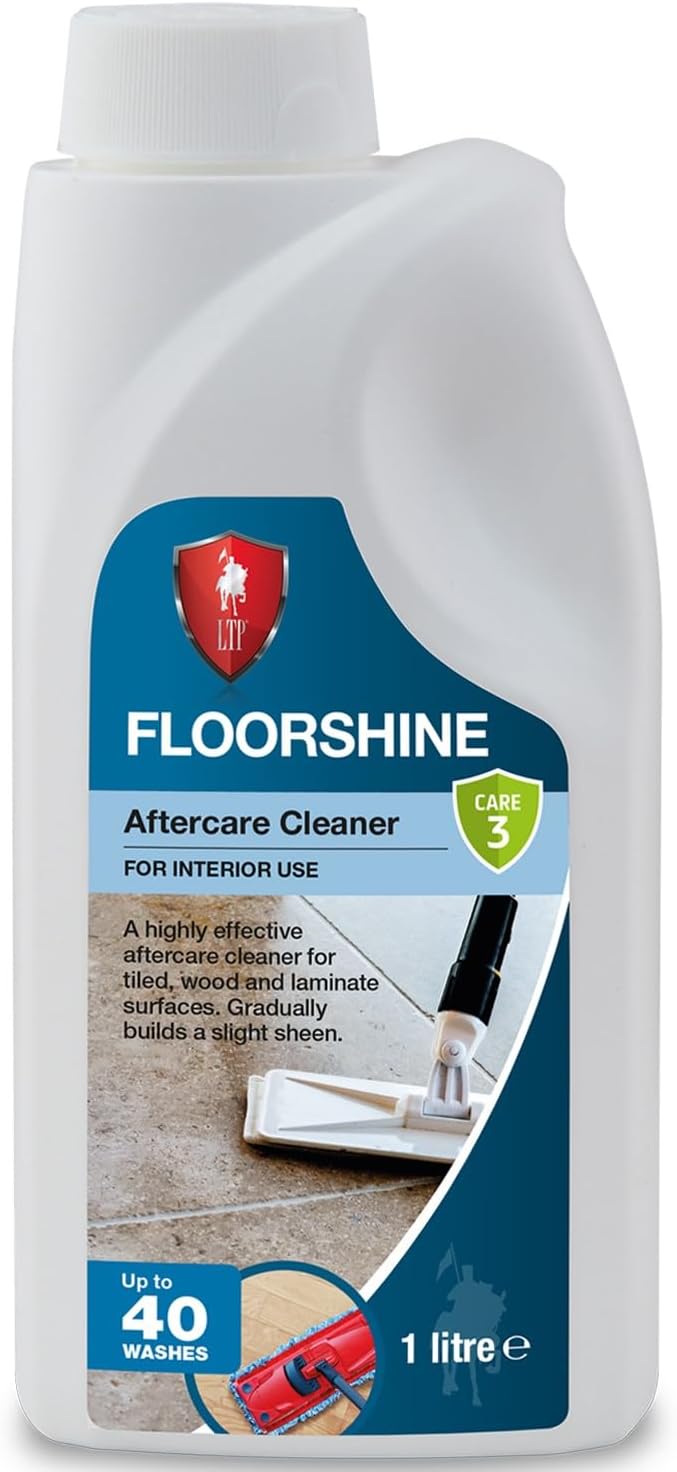
LTP Floorshine
|
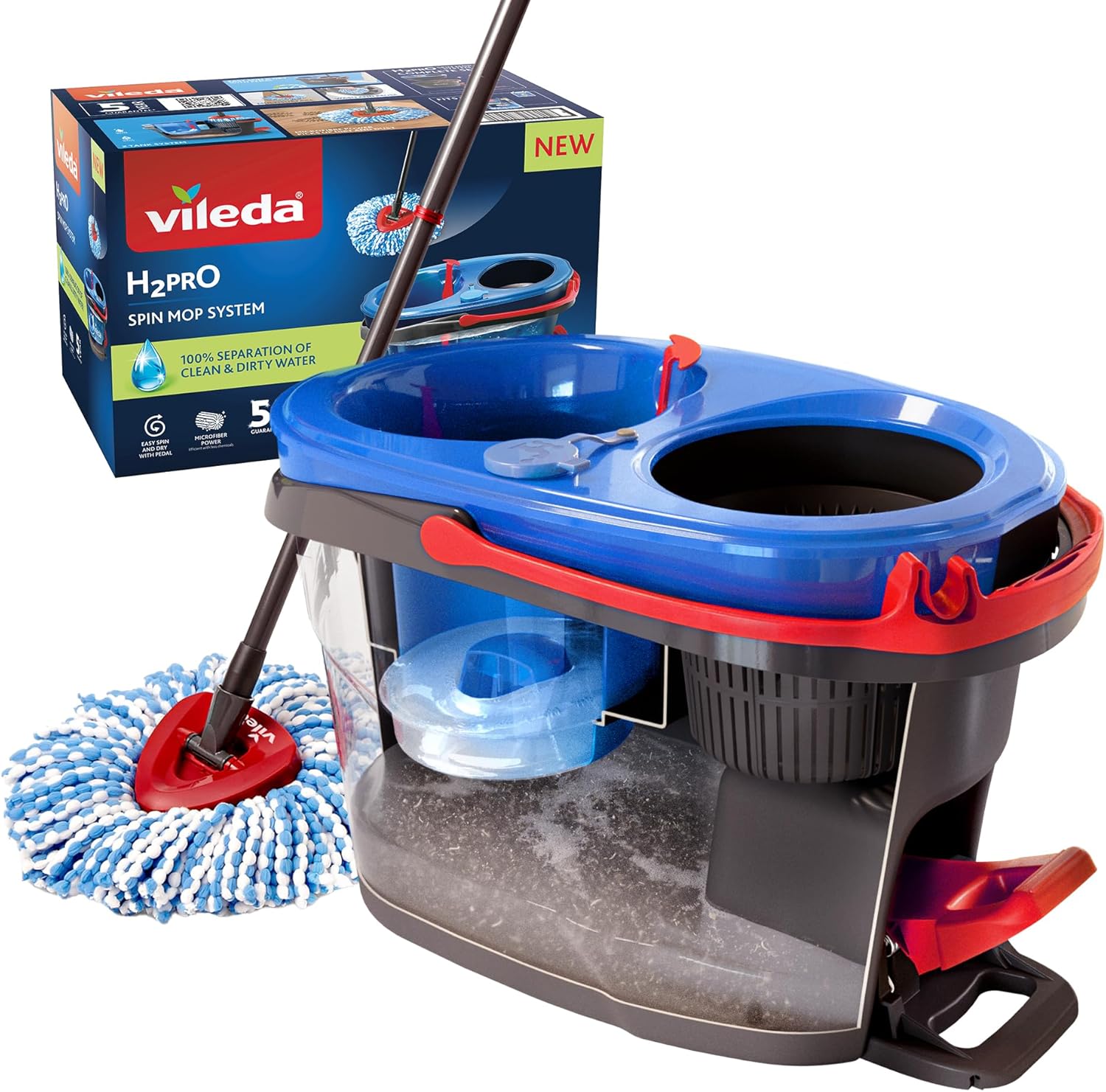
Vileda H2PrO Spin Mop System
|
Understanding the Porosity of Terracotta Tiles and Its Implications
Terracotta, made from natural clay and fired at lower temperatures compared to many other flooring materials, results in a tile that is highly porous. This unique characteristic allows the tile to absorb moisture, oils, and dirt similarly to a sponge. Consequently, this porosity facilitates grime penetration deep into the tile, complicating the cleaning process with standard methods.
Unsealed terracotta is especially vulnerable to staining. Without a protective layer, even minor spills or muddy footprints can leave lasting marks. Over time, this can lead to a dull and stained appearance that often necessitates professional intervention to restore the tile’s original beauty and vibrancy.
Impact of Surrey’s Climate on the Cleanliness of Terracotta Tiles
The climate in Surrey greatly affects the speed at which terracotta flooring collects dirt. The region’s frequent rain and humidity contribute to increased moisture being tracked indoors, particularly through entryways and conservatories.
Homes situated near wooded areas or gardens are at a heightened risk. Soil, pollen, and organic debris can easily be introduced inside, especially if shoes are not removed at the entrance, leading to more frequent cleaning requirements.
Daily Habits That Contribute to Increased Dirt Accumulation on Terracotta Tiles
Beyond environmental factors, daily routines can exacerbate dirt accumulation on terracotta tiles. Using inappropriate cleaning products—such as acidic solutions or bleach—can strip away protective coatings and damage the surface of the tiles. While steam mops are popular for their convenience, they often push moisture deeper into the tile, making dirt accumulation worse.
High-traffic zones, including kitchens and hallways, are particularly susceptible to wear and tear. If sweeping and mopping are not performed regularly, dirt can quickly settle into the texture of the tile, leading to a less appealing appearance.
Proactive Measures for Maintaining Spotless Terracotta Tiles
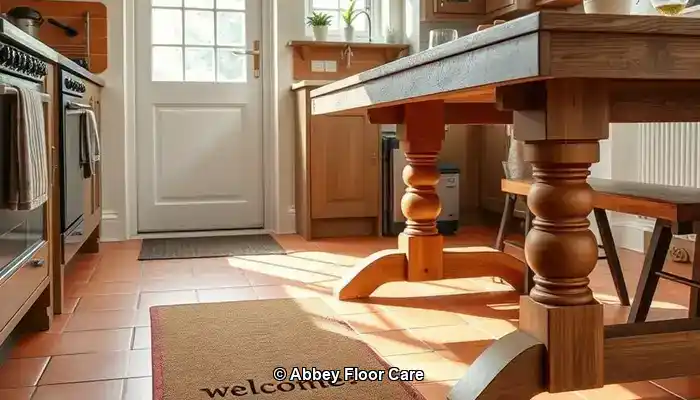
Maintaining clean terracotta floors requires more than mere reactive cleaning; it necessitates a proactive approach to prevent dirt from settling initially. In homes throughout Surrey, where dampness and garden traffic are prevalent, taking preventive steps is critical to preserving the natural allure of terracotta tiles.
Sealing Your Terracotta Tiles: The Critical First Step
The most effective method to keep terracotta clean is through appropriate sealing. A high-quality, breathable sealant provides a protective barrier that repels moisture, oils, and grime. In Surrey, where humidity fluctuates, sealing becomes especially vital to prevent water absorption that can lead to staining and mould development.
Experts recommend resealing terracotta every 12 to 18 months, depending on foot traffic and exposure levels. Areas experiencing heavy use, such as kitchens, hallways, and conservatories, may require more frequent sealing. Always opt for a sealant specifically designed for porous stone and avoid glossy finishes that can trap dirt on the surface.
Strategic Design: Maximizing the Use of Rugs and Mats
Thoughtfully placing rugs and mats can significantly decrease the amount of dirt that reaches your terracotta tiles. Investing in heavy-duty doormats at entrances can effectively catch mud and moisture before they spread throughout your home. In areas with high traffic, such as hallways or beneath dining tables, area rugs serve as a protective barrier against wear on the tiles.
For spaces that connect to outdoor areas, consider using washable runners that can be easily cleaned. These not only safeguard the tiles but also enhance the warmth and style of your home décor.
Implementing Moisture Management Techniques for Surrey Homes
Given that Surrey is characterized by rainfall and humidity, moisture can quickly accelerate the accumulation of dirt on terracotta. To counteract this, employ dehumidifiers in enclosed spaces and ensure proper ventilation throughout your home. Always clean spills immediately and avoid leaving wet items like shoes or towels on the flooring.
If your terracotta tiles are located in a conservatory or garden room, consider adding blinds or UV filters to minimize condensation and sunlight damage. These small adjustments can significantly enhance the longevity and appearance of your tiles.
By combining effective sealing, smart design choices, and moisture management, homeowners in Surrey can greatly reduce how quickly terracotta floors become dirty. In the following section, we will delve into the best cleaning practices to maintain their fresh, natural appearance daily.
Optimal Cleaning Practices for Terracotta Tiles
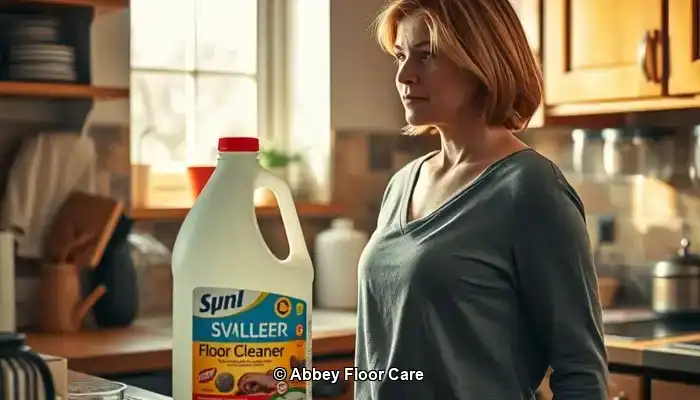
Even with proper sealing and preventive measures in place, terracotta floors still demand regular care to retain their inherent beauty. The key lies in employing the right techniques and products that clean effectively without harming the porous surface of the tile.
Creating a Daily and Weekly Cleaning Schedule
In homes throughout Surrey, where outdoor elements are regularly introduced, daily sweeping or vacuuming is essential. Utilize a soft-bristle broom or a vacuum specifically designed for hard floors to remove dust, grit, and organic debris before it settles into the tile, ensuring a cleaner appearance.
For weekly cleaning, mop the floor using warm water and a pH-neutral cleaner that is formulated for natural stone surfaces. Avoid soaking the tiles; damp mopping is the preferred technique. Excessive water can seep into the tile and lead to staining or mould development, particularly in older or poorly sealed installations.
Choosing the Right Cleaning Products for Terracotta
Select products that are both gentle and effective. Look for labels that indicate “stone-safe,” “non-acidic,” or “pH-neutral.” In Surrey, where sustainable living is increasingly prioritized, many homeowners favor biodegradable cleaners that are safe for both pets and children.
Avoid multi-surface cleaners that contain bleach, ammonia, or citrus extracts, as these can strip sealants and etch the terracotta, making it more susceptible to future staining.
For persistent stains, use a soft cloth alongside a diluted stone cleaner solution. Never scrub with abrasive pads or wire brushes, as they can scratch the surface and complicate the cleaning process over time.
Cleaning Methods to Avoid: Dangers of Harsh Chemicals and Steam Cleaning
Although steam mops may seem convenient, they are unsuitable for terracotta. The high temperature and moisture can infiltrate the tile and weaken the sealant, resulting in long-term damage. Similarly, acidic cleaners like vinegar or lemon juice—even in diluted forms—can damage the surface and lead to discolouration.
Stick to gentle cleaning methods and always test new products on a small, inconspicuous area before applying them to the entire floor for optimal safety.
Assessing the Value of Professional Services Versus DIY Terracotta Care
When it comes to caring for terracotta floors, many homeowners in Surrey initially lean towards DIY methods. While regular sweeping and mopping can be effective, there comes a point when seeking professional assistance becomes not just advantageous, but essential.
Recognizing When to Consult a Tile Specialist in Surrey
If your terracotta tiles are exhibiting signs of deep staining, uneven coloration, or surface wear, it may be time to reach out to an expert. Professional tile care specialists in Surrey utilize advanced tools and stone-safe products that penetrate deeper than typical household cleaners. They can also evaluate whether your sealant has deteriorated and recommend an appropriate resealing schedule tailored to your home’s specific conditions.
Restoration services typically encompass thorough cleaning, stain removal, and reapplication of breathable sealants that protect without altering the natural appearance of the tile. In older homes or heritage properties, specialists can even replicate the original finish to uphold authenticity.
Weighing the Cost Against Longevity: Is Professional Maintenance Worth It?
While DIY cleaning may seem more economical, it often yields only temporary results. Without adequate sealing and thorough cleaning, dirt continues to accumulate, necessitating more frequent maintenance and risking permanent damage.
In contrast, professional care can significantly extend the lifespan of your terracotta floors. A single restoration session can rejuvenate colour, eliminate embedded grime, and safeguard the surface for months or even years. In high-traffic areas like kitchens and hallways, this investment proves beneficial in reducing maintenance needs and enhancing visual appeal.
Homeowners in Surrey who value long-term property care and curb appeal frequently discover that expert services provide peace of mind and superior results. Moreover, many local providers offer eco-friendly options and tailored maintenance plans to suit your lifestyle.
Eco-Conscious and Safe Cleaning Solutions for Terracotta Floors
The natural elegance of terracotta deserves maintenance that is equally eco-friendly. For homeowners in Surrey who aim to uphold their floors without compromising health or sustainability, eco-friendly cleaning represents the optimal solution. Thankfully, modern products and techniques enable you to protect your tiles and home without relying on harsh chemicals.
Choosing Non-Toxic Sealants and Cleaners
Traditional sealants often contain solvents that release volatile organic compounds (VOCs), adversely affecting indoor air quality. Today’s eco-friendly alternatives feature water-based formulas with low VOCs that are safe for use around children and pets.
When selecting a cleaner, look for labels that indicate “biodegradable,” “plant-based,” or “stone-safe.” These products are crafted to lift dirt while safeguarding the porous surface of terracotta. Brands specializing in natural stone care typically offer concentrated solutions that can be diluted for everyday use, minimizing waste and packaging.
Safe Cleaning Alternatives for Households with Pets and Young Children
In lively homes throughout Surrey, safety is as crucial as cleanliness. Steer clear of bleach, ammonia, and acidic cleaners like vinegar, which can damage the tile and pose risks to pets and young children. Instead, choose gentle formulas derived from coconut oil, citrus enzymes, or mineral-based ingredients.
For those who prefer DIY solutions, a simple combination of warm water and a few drops of castile soap can effectively clean lightly soiled areas. Just remember to test any homemade solution on a small section first to ensure it won’t damage the sealant or finish.
Building Sustainable Cleaning Routines for Long-Lasting Care
Eco-friendly maintenance extends beyond products; it involves developing sustainable habits as well. Opt for reusable microfiber cloths and mops instead of single-use pads. Regular sweeping reduces the necessity for frequent wet cleaning. When resealing, choose products with recyclable packaging and minimal environmental impact.
Many floor care professionals in Surrey now provide green cleaning packages that utilize certified non-toxic products and sustainable methods. If you’re uncertain where to start, scheduling a consultation with a local expert can assist you in establishing a routine that is both effective and environmentally responsible.
Preserving the Timeless Charm of Your Terracotta Floors
Terracotta flooring imparts warmth, character, and timeless beauty to homes throughout Surrey. Nevertheless, its porous nature demands thoughtful maintenance to keep it looking pristine and vibrant. By understanding the reasons behind rapid dirt accumulation on terracotta, effectively sealing the tiles, and adopting efficient cleaning habits, you can significantly reduce grime build-up and prolong the lifespan of your flooring.
Whether you manage a busy household or are restoring a historical property, consistency is essential. Regular sweeping, employing pH-neutral cleaning solutions, and seasonal resealing all significantly contribute to maintaining an attractive appearance. Should stains or wear become noticeable, do not hesitate to reach out to a local specialist for professional restoration.
Utilizing eco-friendly products and safe cleaning practices will ensure your floors remain beautiful while protecting your health and the environment. With the right strategies, terracotta can continue to be a stunning feature in your home for many years.
Are you ready to intelligently safeguard your floors? Contact us today for expert terracotta maintenance tailored to the unique environmental conditions in Surrey. Let’s work together to keep your home looking its best—naturally.
Common Inquiries Regarding Terracotta Maintenance
Terracotta floors possess a timeless allure, yet they come with specific care requirements. Below are answers to the most frequently asked questions from homeowners in Surrey looking to keep their tiles clean, protected, and aesthetically appealing.
How Frequently Should I Reseal My Terracotta Tiles?
Generally, in most Surrey households, terracotta should be resealed every 12 to 18 months. However, this timeframe may vary based on factors like foot traffic, moisture exposure, and whether the tiles are indoors or outdoors. High-traffic areas such as kitchens, hallways, and conservatories may necessitate more frequent sealing. If your tiles begin absorbing water or appear dull, it’s a clear indication that resealing is overdue.
Are Vinegar or Bleach Safe for Use on Terracotta Tiles?
No, both vinegar and bleach, along with other harsh or acidic cleaners, can damage terracotta. These substances can harm sealants and etch the tile surface, leading to permanent discolouration. Always use pH-neutral, stone-safe cleaners explicitly formulated for porous flooring.
What Is the Optimal Mop for Cleaning Terracotta Floors?
A microfiber mop is the best choice. It effectively captures dust and dirt without scratching the tile surface and employs minimal water, which is crucial for porous materials like terracotta. Avoid sponge mops or steam mops, as they can oversaturate the tile and weaken the sealant.
Is It Safe to Use DIY Cleaning Solutions?
Yes, but proceed with caution. A mild mixture of warm water and castile soap can be effective for light cleaning. Always test any homemade solution on a small, inconspicuous area first. Avoid acidic or abrasive substances and refrain from using homemade cleaners on unsealed tiles.
What Should I Do if My Tiles Have Already Stained?
If stains have penetrated the tiles, professional restoration is the best option. Tile care specialists in Surrey can perform deep cleaning, eliminate embedded grime, and reseal the surface to restore the tile’s original colour and texture. Attempting DIY methods may further damage the tiles if improper products are used.
The Article Tired of Dirty Terracotta? How to Keep It Clean Longer first found on https://www.abbeyfloorcare.co.uk
The Article Terracotta Cleaning Tips for Lasting Freshness appeared first on https://fabritec.org
The Article Terracotta Cleaning Tips for Long-Lasting Freshness Was Found On https://limitsofstrategy.com

